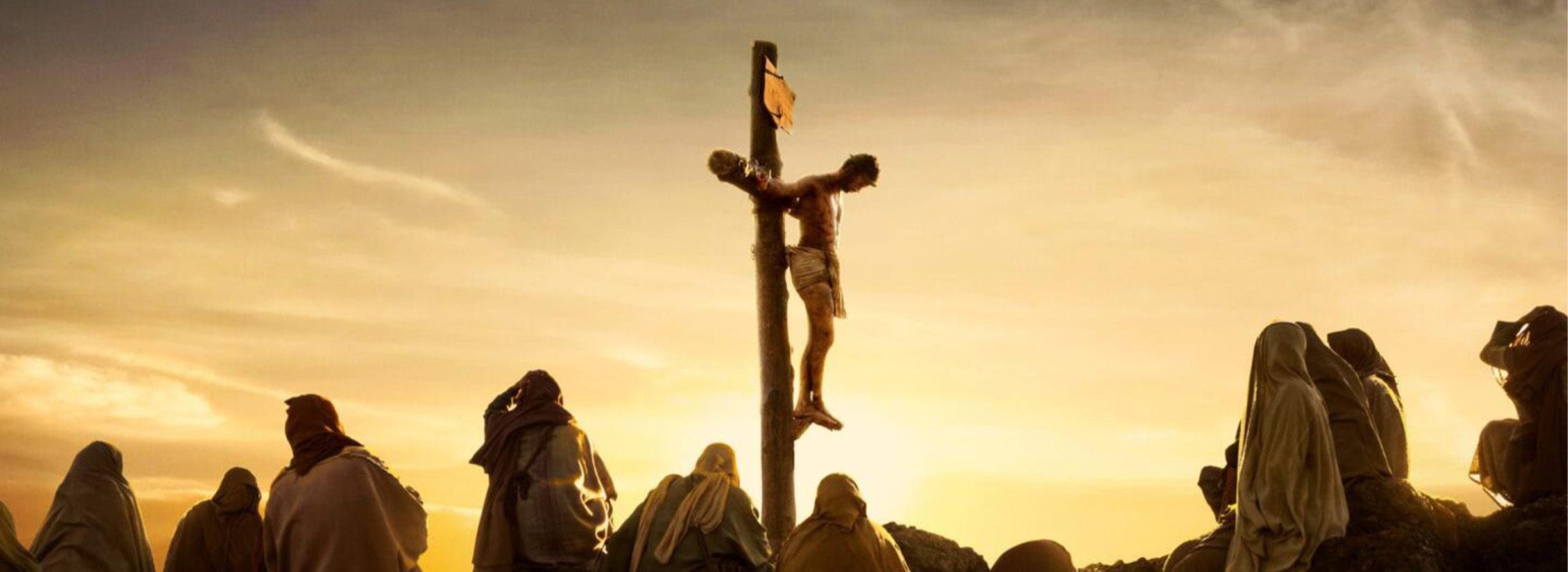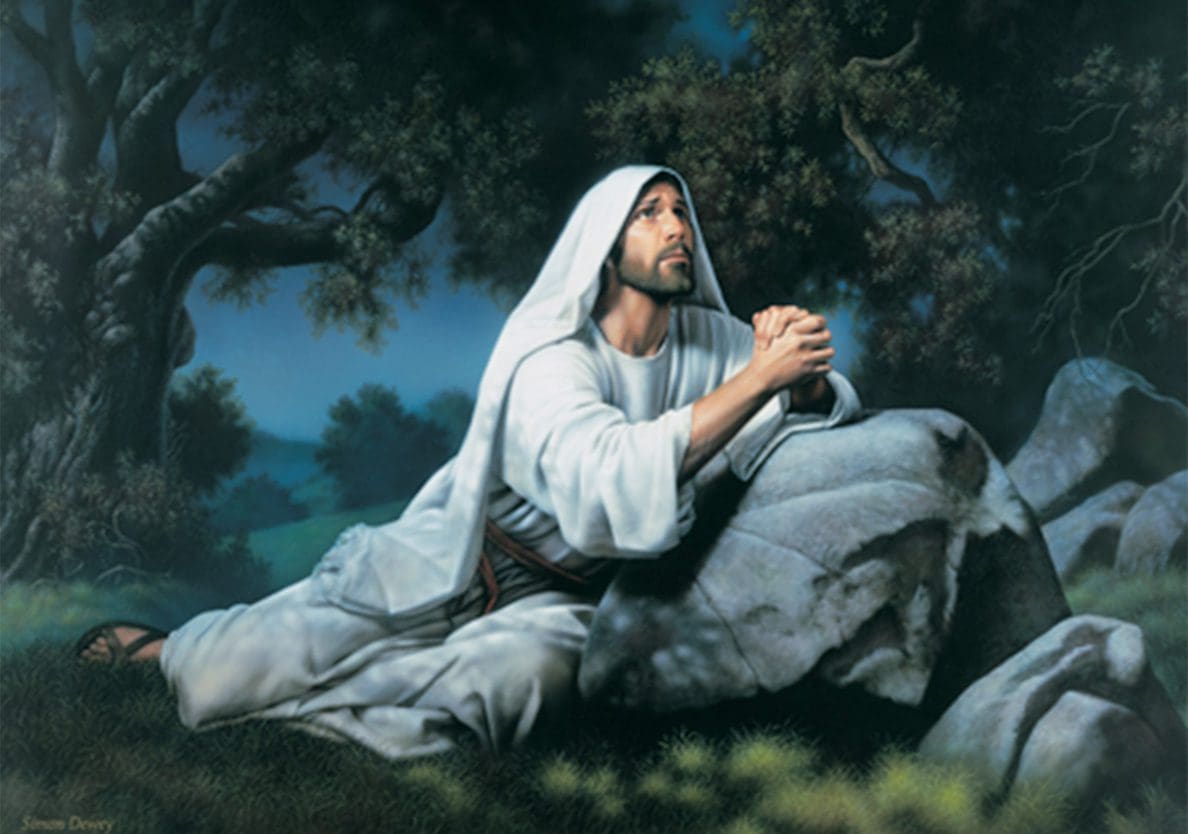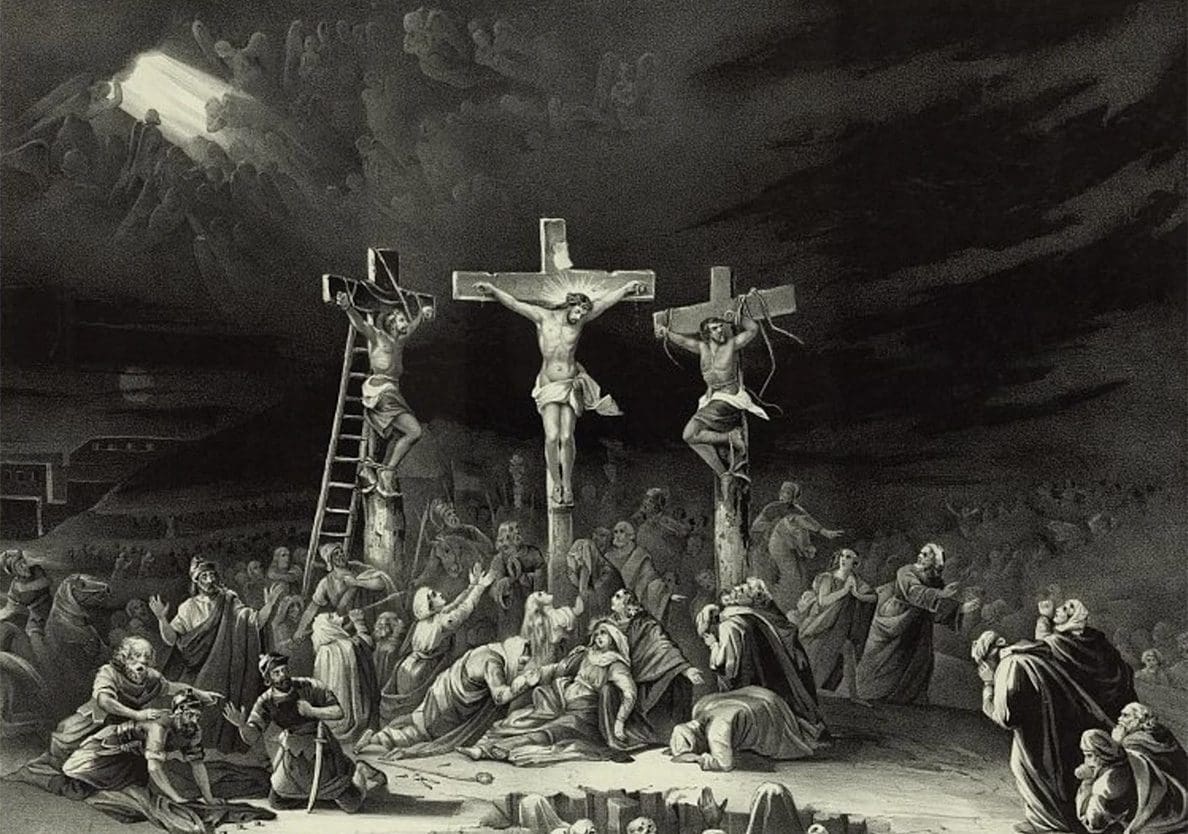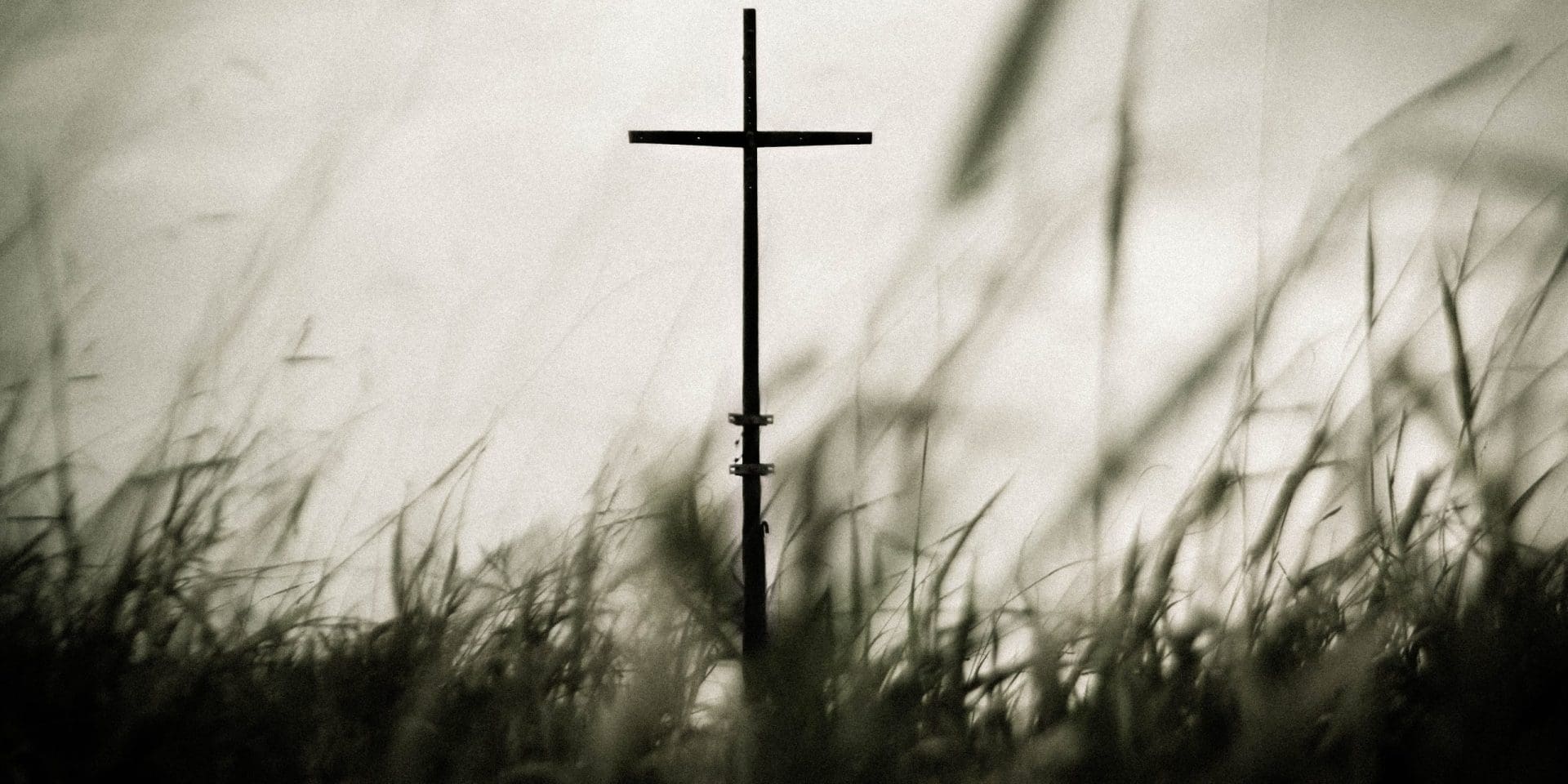Isaiah 53, which is undoubtedly the most controversial passage in Judaism, contains some of the most stunning prophecies about the Messiah. For example, regarding this Saviour, Isaiah 53:5 declares: “But he was pierced for our transgressions; he was crushed for our iniquities; upon him was the chastisement that brought us peace, and with his wounds we are healed.”[1] This, combined with all the other Messianic prophecies, was only fulfilled in Jesus of Nazareth who was “pierced” through a horrible form of execution known as crucifixion.
Amazingly, this Isaiah prophecy was recorded more than 700 years before Jesus was born and has caused some to wonder why He was destined to be executed in this manner? Was it merely because this was the method of execution in Jesus’ day? Rabbi Jason Sobel believes that “something as important as the death of God’s Son would not be based solely on Rome’s proclivity for a brutal means of execution.”[2]

So, what then? To answer this question, we need to understand that through His perfect sacrifice, Jesus was reversing the effects of the curse by taking our sin and the punishment for that sin upon Himself (passages such as Galatians 3:13 and 1 Peter 2:24 make this very clear). And part of that seems to have also been bearing the physical aspects of it since virtually every element involved in Christ’s crucifixion can be connected to the curse. For example, why did Jesus have to die on a cross (which is also called a tree in Scripture[3])? Could it be that “Since a tree caused the Fall, the Son of God [also] had to die on a tree as the second Adam to reverse the curse caused by the sin of the first man and woman”[4]? If so, it also follows that because it was our hands that stole from the tree, Jesus’ hands also had to be pierced. And His feet were pierced to fulfill the prophecy of Genesis 3:15 that the Saviour’s heel would be struck but in turn the head of the Serpent would be crushed. And Jesus’ pierced side may have “made atonement for the sin of Eve, the one taken from man’s side, who led Adam into temptation.”[5]


Also highly significant is the crown of thorns. By wearing thorns, Jesus was literally bearing the physical sign of the curse. But this isn’t the first time He appeared with thorns. When the Lord first revealed Himself to Moses in the desert of Midian He came in a burning bush—or more specifically in Hebrew, a burning thorn bush. Clearly, God identifies with our pain and has a plan of deliverance. At that time God sent Moses with staff in hand as that deliver to perform miraculous signs. But God also promised that there would arise another deliver even greater than Moses (Deuteronomy 8:15; Acts 3:22, 7:37). The rod which the Roman soldiers mockingly placed in Jesus’ hand during His scourging may then be a physical sign that identifies Him as that greater deliverer—the Saviour of the world.

Ryan Hembree is a daily co-host, speaker, and writer of Bible Discovery. He also hosts a YouTube channel that shows the unity of the Bible and how science and Scripture fit together. Ryan also has an honorary Masters of Ministry in Creation Science from Phoenix University of Theology.
[1] Though some Bible translations render “pierced” as “bruised” the Hebrew word does carry both meanings. Yet even without Isaiah 53:5, both Psalm 22:16 and Zechariah 12:10 refer to the Messiah being pierced.
[2] Jason Sobel, Mysteries of the Messiah: Unveiling Divine Connections from Genesis to Today.
[3] See for example Acts 5:30, 10:39, 13:29; Galatians 3:13 and 1 Peter 2:24.
[4] Jason Sobel, Mysteries of the Messiah: Unveiling Divine Connections from Genesis to Today.
[5] Ibid.






